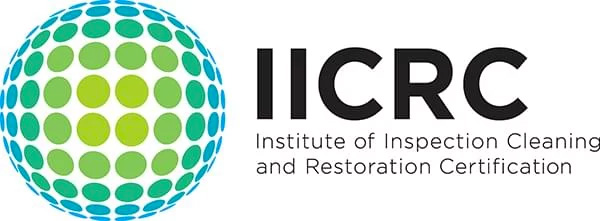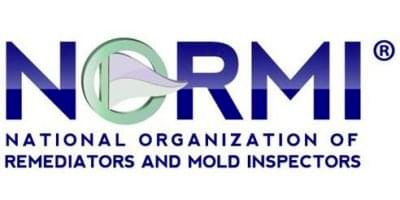The Science Of Mold Testing: What Happens In A Mold Inspection
As a property owner, you're no stranger to the many responsibilities that come with maintaining your investment. One crucial aspect of property ownership is ensuring the safety and habitability of your space.
Mold, an insidious intruder, can threaten both the integrity of your property and the health of its occupants. To combat this, property owners often turn to mold inspections.
Understanding Mold
Mold is a type of fungus that thrives in damp and humid environments. It spreads by releasing microscopic spores into the air, which can easily settle on various surfaces. Once established, mold can grow rapidly, causing structural damage and triggering health issues in humans.
Mold is not limited to a specific season or climate—it can thrive indoors in any region and at any time of the year. Mold can feed on organic materials such as wood, paper, and fabric, making it a potential threat to the structural integrity of your property.
Why Mold Inspections Matter
Mold inspections are a fundamental part of property maintenance, especially if you suspect mold growth or have had water damage issues in the past. These inspections serve several crucial purposes:
● Early Detection: Mold can often go unnoticed until it becomes a severe problem. Mold inspections help detect mold growth in its early stages, preventing it from causing extensive damage to your property.
● Health Protection: Mold can have adverse health effects on occupants, causing respiratory issues, allergies, and more. Identifying and addressing mold promptly can protect the health of those living or working on your property.
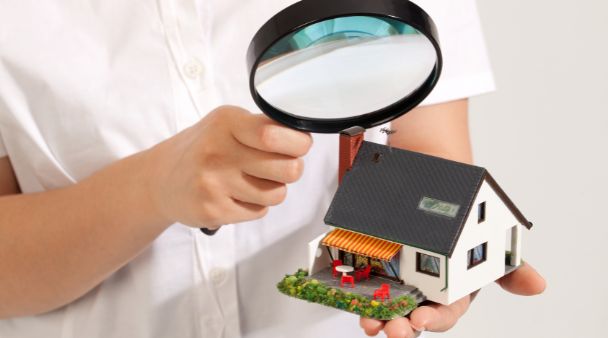
● Property Preservation: Mold can compromise the structural integrity of your property by weakening materials like wood and drywall. A mold inspection can help you prevent costly repairs down the line.
● Insurance Compliance: Many insurance policies require property owners to conduct regular mold inspections and address any issues promptly. Failure to do so may result in coverage denial.
The Science Behind Mold Testing
Mold testing is a precise science that relies on various methods and tools to identify the presence of mold in your property. Let's take a closer look at the science behind mold testing:
1. Visual Inspection
The first step in a mold inspection is a thorough visual examination of the property. Experienced inspectors look for visible signs of mold, such as discoloration, water stains, or peeling paint. This initial assessment provides a starting point for further testing.
2. Moisture Detection
Mold requires moisture to grow. Inspectors use moisture meters and thermal imaging cameras to detect areas with excessive moisture. High moisture levels indicate potential mold growth sites.
3. Air Sampling
Air sampling is a crucial method in mold testing. Inspectors use specialized air sampling equipment to collect airborne mold spores. These samples are then sent to a laboratory for analysis. The results can help determine the type and concentration of mold spores present in the property as well as air quality.
4. Surface Sampling
In addition to air sampling, inspectors may collect samples from surfaces within the property. This involves swabbing or tape-lifting areas where mold is suspected.
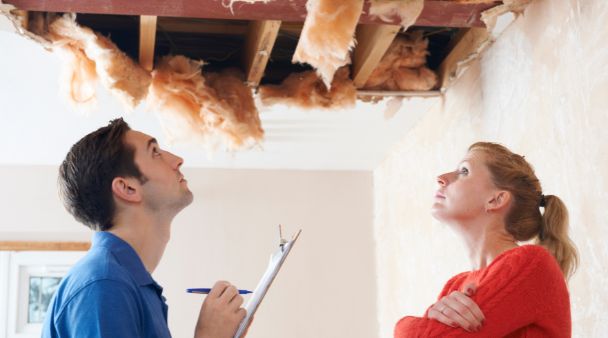
The collected samples are sent to a lab for analysis, providing a detailed understanding of the mold species present.
5. Lab Analysis
Mold samples collected during the inspection undergo laboratory analysis. Microbiologists and mycologists examine these samples under microscopes, identifying the specific types of mold present and their concentrations.
This information is crucial for determining the severity of the mold issue.
6. Report And Recommendations
After completing the inspection and receiving the lab results, the inspector provides a comprehensive report to the property owner. This report outlines the findings, identifies any mold-related issues, and offers recommendations for remediation if necessary.
How Do You Prepare For A Mold Inspection?
Preparing for a mold inspection is a crucial step in ensuring a thorough and accurate assessment of your property's mold situation. Proper preparation can help the mold inspector identify any issues more efficiently and provide you with the best recommendations for remediation if needed.
Here's a step-by-step guide on how to prepare for a mold inspection:
● Gather Information: Before the inspection, compile any information or documentation related to past water damage, leaks, or moisture issues in your property. This information will help the inspector focus on areas with a higher risk of mold growth.
● Notify Occupants: If your property is occupied, inform the occupants about the upcoming mold inspection. Explain the importance of the inspection for their health and safety and request their cooperation in providing access to all areas of the property.

● Provide Clear Access: Ensure unobstructed access to all areas, including attics, basements, and crawl spaces. Remove furniture and clutter that could block access. Eliminate any items that could hinder the inspection process, both inside and outside your property.
● Turn Off HVAC Systems: Switch off your HVAC systems to prevent the spread of mold spores during the inspection.
● Close All Doors and Windows for 48 Hours: Seal your property by closing all doors and windows 48 hours before the inspection. This helps stabilize indoor conditions for more accurate testing.
● Shut Off Humidifiers, Dehumidifiers, and Air Purification Machines for 24 Hours: Turn off these devices a day before the inspection to ensure the air quality is representative of the usual conditions.
● Avoid Using the Bath or Shower For 12 Hours Before Your Appointment: To prevent the introduction of excess moisture, refrain from using the bath or shower for at least 12 hours before the inspection.
● Avoid Cleaning and Using Disinfectant Chemicals for 48 Hours: Steer clear of cleaning and disinfecting activities for 48 hours prior to the inspection. Cleaning products can mask or alter the presence of mold.
● Schedule the Inspection on a Day with No Rain in the Forecast: If possible, schedule your mold inspection on a day when no rain is forecasted. Rain can introduce additional moisture and potentially affect the inspection results.
The Role Of Certified Mold Inspectors
Certified mold inspectors play a vital role in the mold testing process. They are trained professionals who understand the science of mold, its growth patterns, and the potential health risks associated with mold exposure.
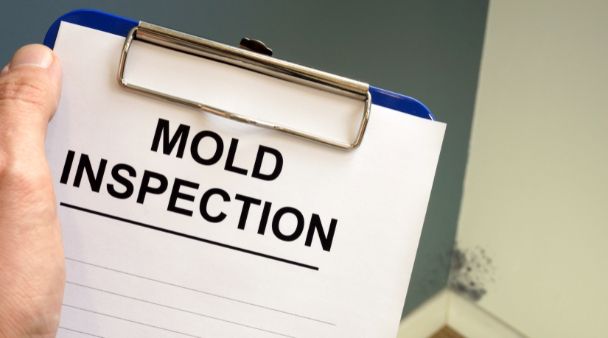
Hiring a certified mold inspector ensures that your inspection is conducted accurately and follows industry standards. During a mold inspection, a certified inspector:
● Conducts a systematic and thorough examination of the property
● Uses specialized equipment to measure moisture levels and detect hidden mold
● Collects air and surface samples for laboratory analysis
● Provides a detailed report with findings and recommendations
Bottom Line
Mold inspections are a critical aspect of property ownership, protecting both your investment and the health of those who occupy the space. Understanding the science behind mold testing and what happens during a mold inspection empowers property owners to take proactive steps in addressing mold-related issues.
By working with certified mold inspectors and following their recommendations, property owners can maintain a safe and mold-free environment for their tenants, employees, or family members. It's essential to choose a reputable and certified mold inspector to ensure the accuracy and reliability of the inspection results.
Contact Markham Services for your mold-related concerns and we’ll be happy to serve you!
